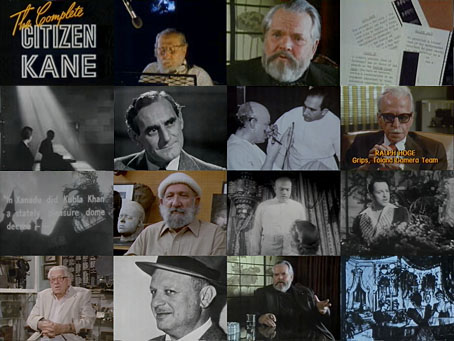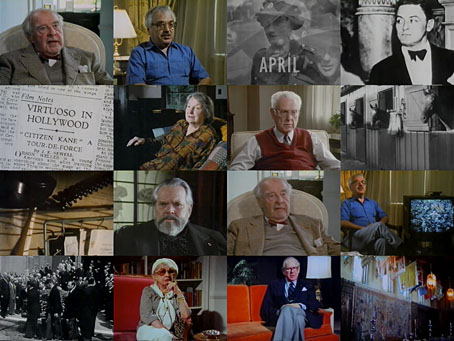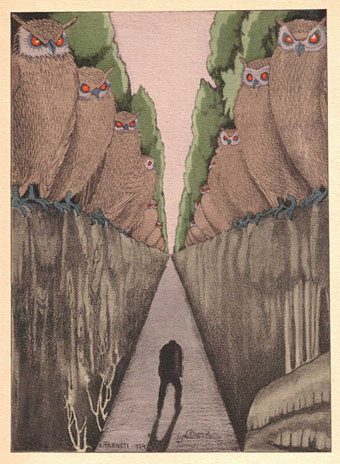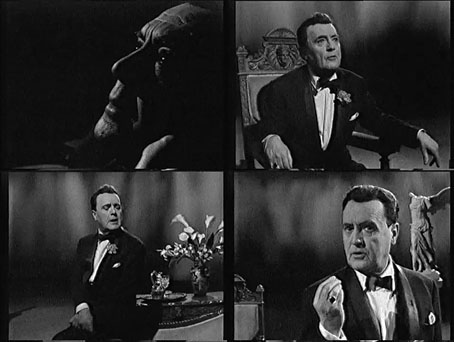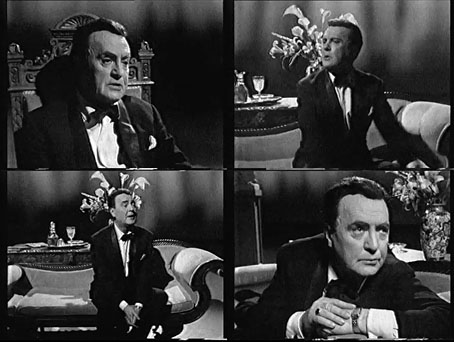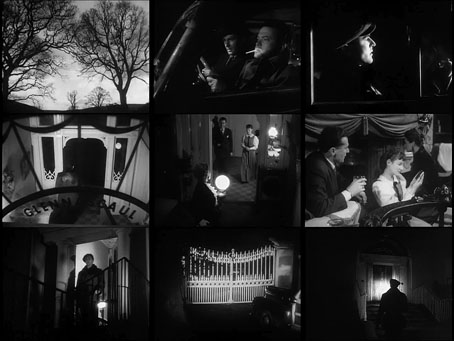From Orson Welles’ most famous work to a rare TV play I hadn’t seen before. The Fountain of Youth was a 25-minute adaptation of a John Collier story, Youth from Vienna, made for Desilu in 1956. Welles had returned to Hollywood after a long absence, hoping that his reputation for unreliability might have subsided enough for him to find more work there. The deal with Desilu was for a series of adaptations of short stories of which The Fountain of Youth was the pilot episode. It’s no surprise to read that the series wasn’t taken up by the networks because its storytelling technique—combining Welles’ narration with still-frame montage, rapid background changes, flash cuts, and characters mouthing dialogue in Welles’ voice—was considered too sophisticated for the American public. A screening of the pilot two years later won an award.
The copy at YouTube is terrible quality but this is still great viewing for Welles enthusiasts. The technical aspects aren’t so surprising today but they show how much of an innovator Welles could be whatever the medium he was working in. Watch out for Nancy Kulp—better known as Miss Hathaway from The Beverly Hillbillies—in a minor role.
Previously on { feuilleton }
• The Complete Citizen Kane
• Return to Glennascaul, a film by Hilton Edwards
• Screening Kafka
• The Panic Broadcast


